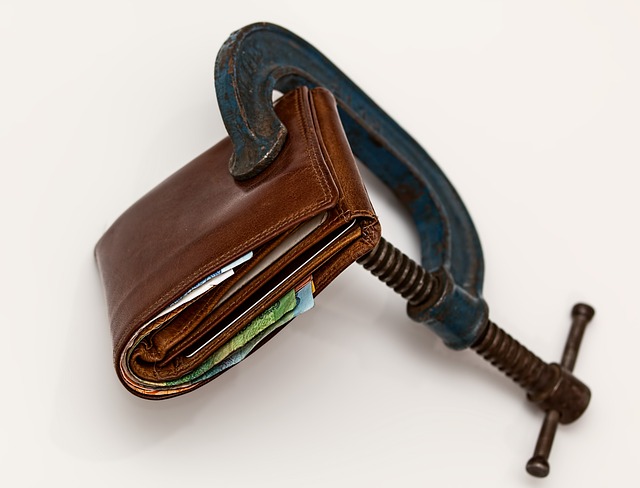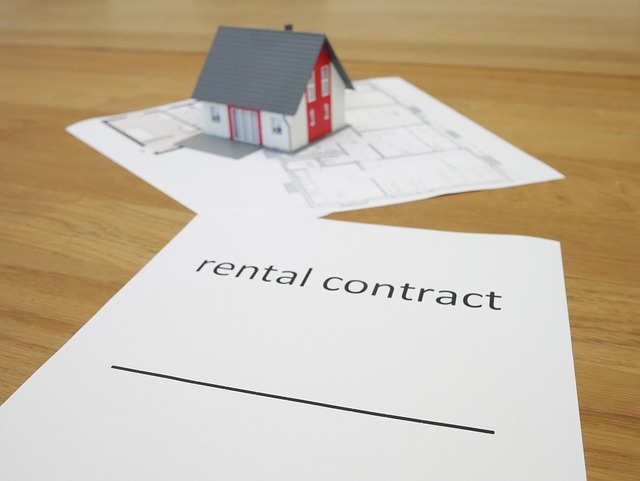Understanding Cash Loans: Types, Costs, and Considerations
This overview explains how cash loans function, common types (payday, installment), typical costs and fees, how interest is calculated, repayment schedules, and potential risks such as rollovers and added debt. Learn how to compare offers, review terms, and plan affordable repayment.

How Cash Loans Work and What Affects Total Borrowing Cost
Learning about how cash loans work begins with understanding the basic mechanics of these financial products. Cash loans typically involve borrowing a specific amount of money that must be repaid over a predetermined period, along with interest and fees. The total borrowing cost depends on several key factors including the loan amount, interest rate, repayment term, and additional fees charged by the lender.
Interest rates vary significantly based on the type of cash loan, borrower’s creditworthiness, and lender policies. Secured loans generally offer lower rates than unsecured options because collateral reduces the lender’s risk. Credit scores play a crucial role in determining interest rates, with higher scores typically qualifying for more favorable terms. Additional factors affecting cost include origination fees, late payment penalties, and prepayment charges that some lenders impose.
Tips for Comparing Lender Disclosures and Repayment Terms
Discovering effective methods for comparing lender disclosures requires understanding the Truth in Lending Act requirements that mandate clear disclosure of loan terms. The Annual Percentage Rate (APR) provides the most comprehensive measure for comparison, as it includes both interest rates and fees expressed as a yearly rate. This standardized metric allows borrowers to accurately compare offers from different lenders.
Repayment terms significantly impact the total cost and monthly payment obligations. Shorter repayment periods typically result in higher monthly payments but lower overall interest costs, while longer terms reduce monthly payments but increase total interest paid. Pay close attention to payment schedules, grace periods, and penalties for missed payments when evaluating different loan options.
Budgeting, Planning, and Safer Alternatives to Borrowing
Reading comprehensive guides to budgeting and planning reveals that careful financial management can often reduce or eliminate the need for cash loans. Creating an emergency fund covering three to six months of expenses provides a safety net for unexpected costs without incurring debt. Budgeting apps and tools can help track spending patterns and identify areas where money can be saved for future emergencies.
Safer alternatives to traditional cash borrowing include borrowing from retirement accounts, seeking assistance from family or friends, negotiating payment plans with creditors, or exploring community assistance programs. Credit unions often offer small-dollar loans with more favorable terms than commercial lenders. Some employers provide payroll advances or emergency loan programs for employees facing financial difficulties.
| Loan Type | Typical APR Range | Loan Amount | Repayment Term |
|---|---|---|---|
| Personal Bank Loan | 6% - 36% | $1,000 - $50,000 | 2 - 7 years |
| Credit Union Loan | 8% - 18% | $500 - $25,000 | 1 - 5 years |
| Online Personal Loan | 6% - 36% | $1,000 - $40,000 | 2 - 7 years |
| Payday Loan | 400% - 500% | $100 - $1,000 | 2 - 4 weeks |
| Title Loan | 300% - 400% | $100 - $5,500 | 15 - 30 days |
Prices, rates, or cost estimates mentioned in this article are based on the latest available information but may change over time. Independent research is advised before making financial decisions.
Different types of cash loans serve various financial needs and circumstances. Personal loans from banks or credit unions typically offer the most reasonable terms for borrowers with good credit. Online lenders have expanded access to personal loans but may charge higher rates for convenience and speed. Payday loans and title loans, while easily accessible, carry extremely high costs and should be considered only as last resorts.
Secured loans require collateral but generally offer lower interest rates than unsecured options. Home equity loans and lines of credit provide access to larger amounts at competitive rates for homeowners. Credit card cash advances offer immediate access to funds but typically carry higher interest rates than regular purchases and may include additional fees.
Before committing to any cash loan, carefully evaluate your ability to repay the debt according to the agreed terms. Consider how the monthly payment will fit into your budget and whether the loan addresses a genuine need or temporary want. Calculate the total cost of borrowing and compare it against alternative solutions. Remember that defaulting on cash loans can damage credit scores and lead to additional financial complications, making careful consideration essential before borrowing.




